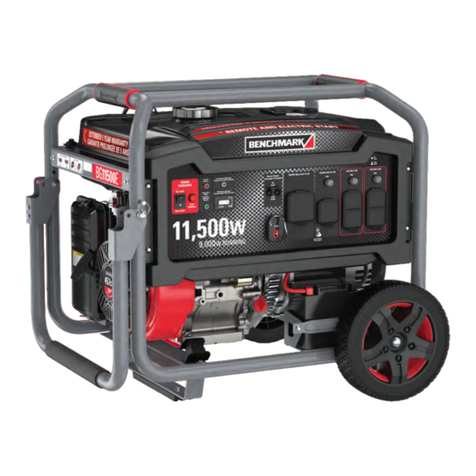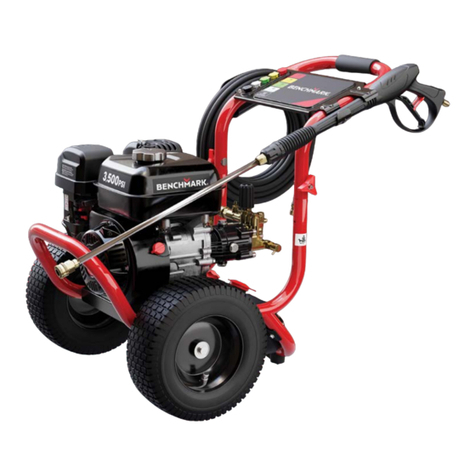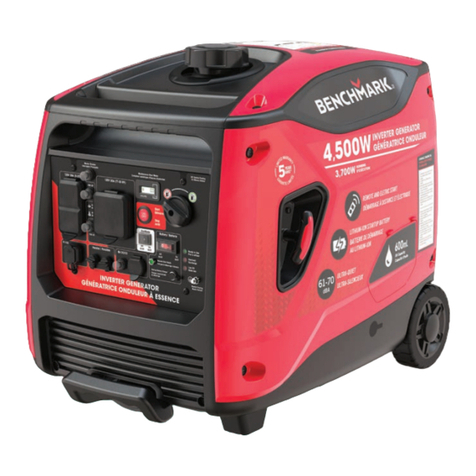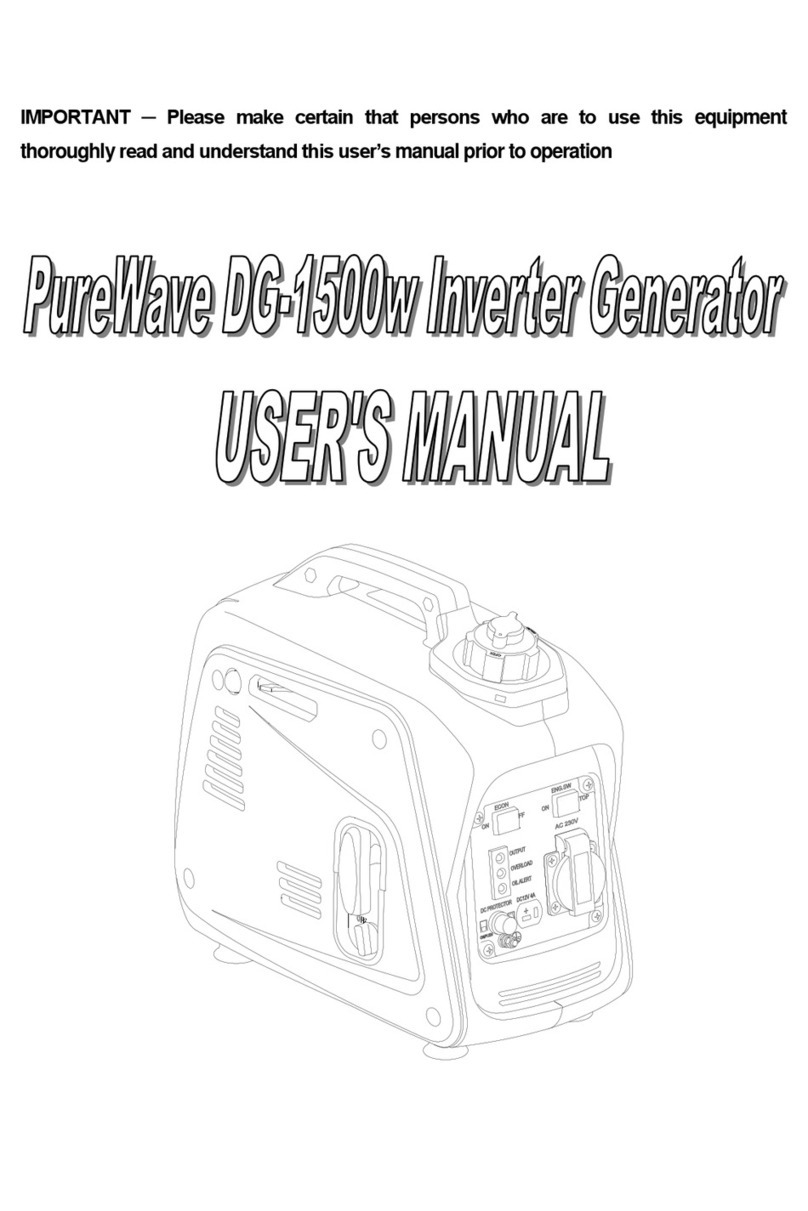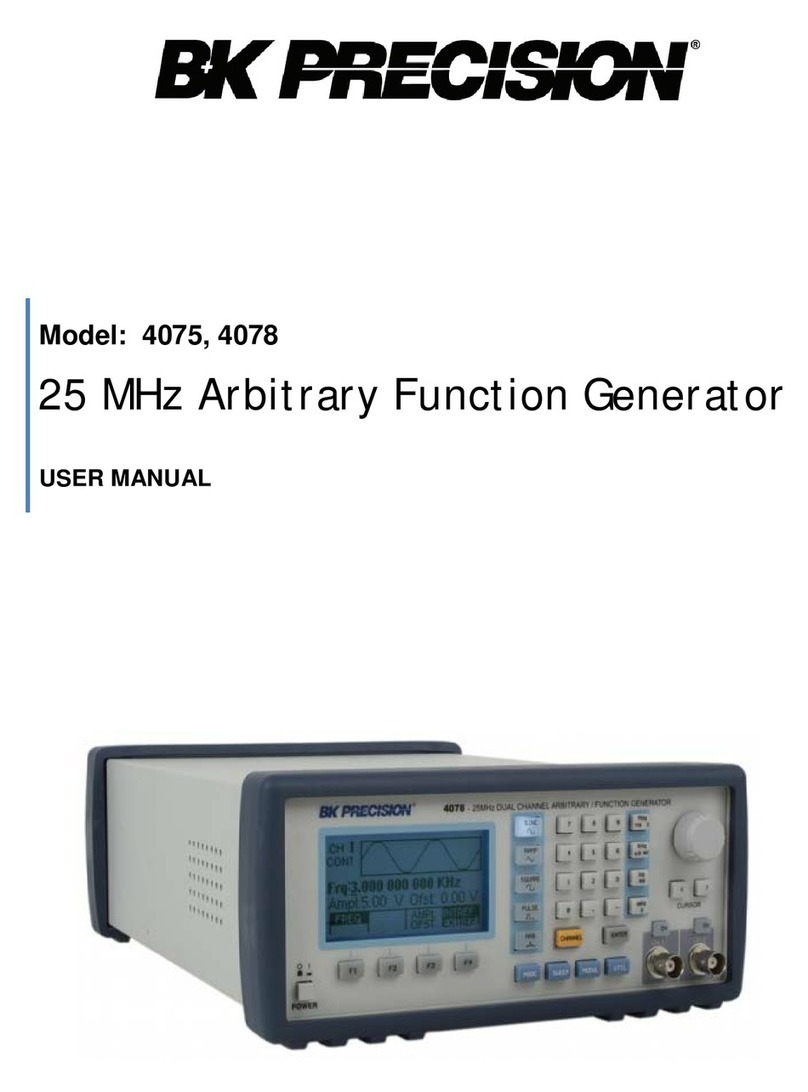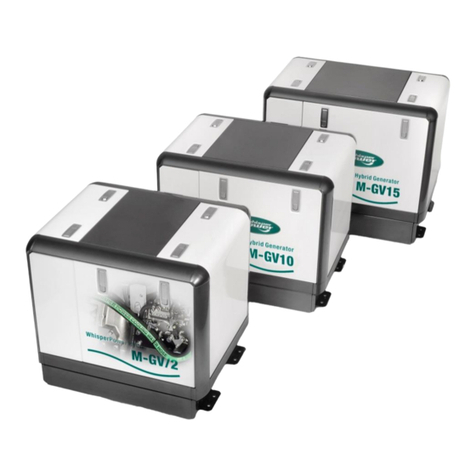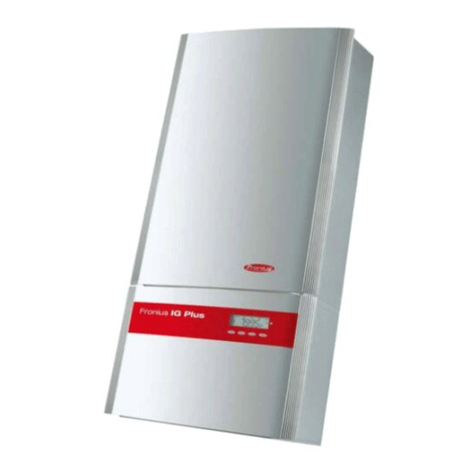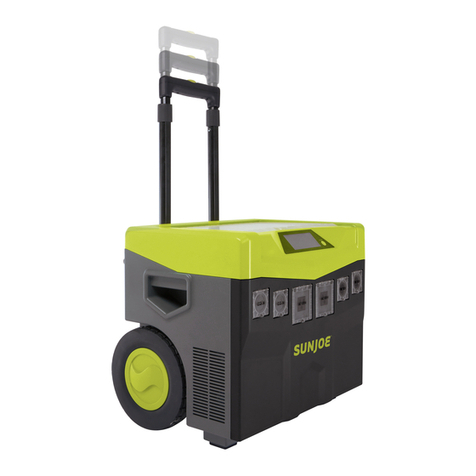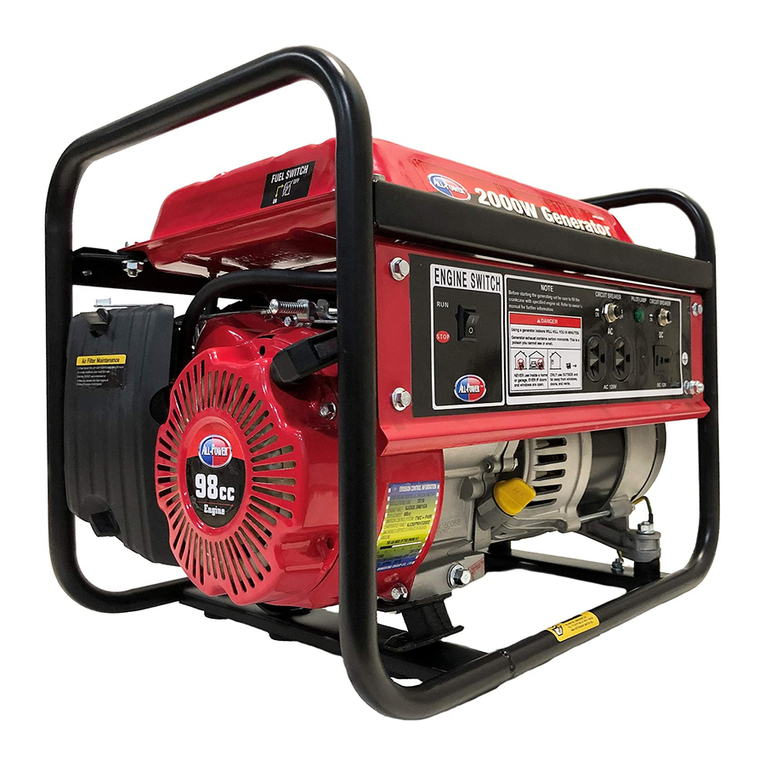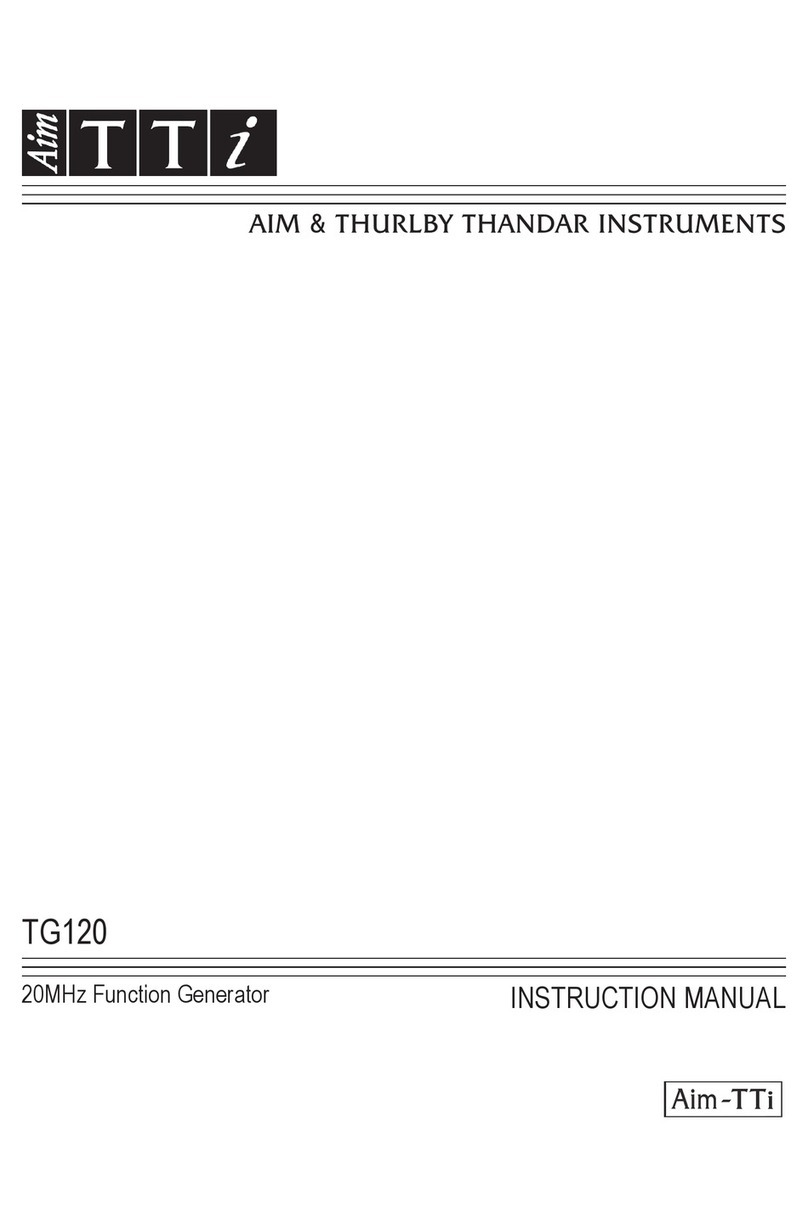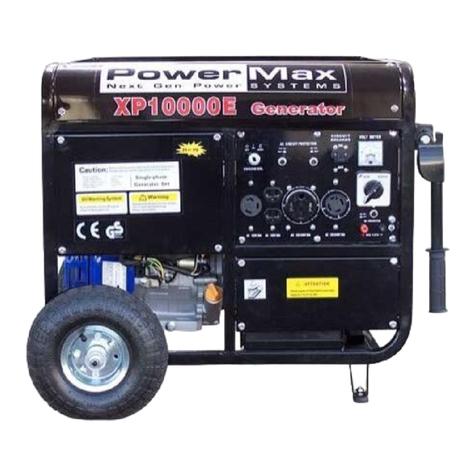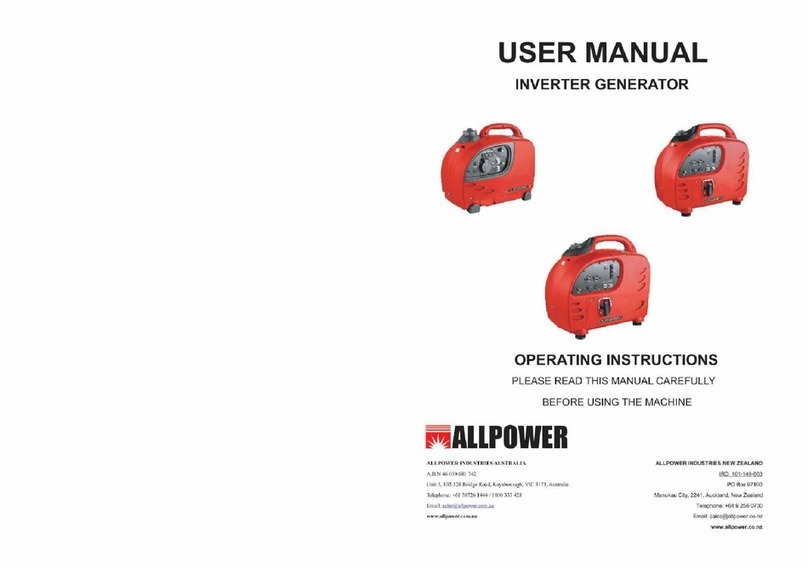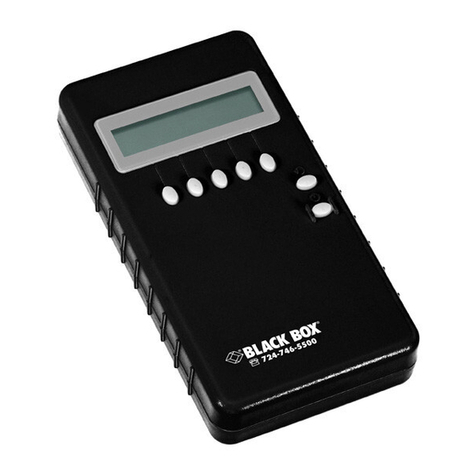Benchmark BP Series User manual

MANUAL
TM
BP SERIES

This product is supported by Midland Power. Contact us
directly for assistance and warranty help. Do not return this
product to store.
You must register online for your warranty to be valid.
It only takes a minute, do it now while you still have your
purchase receipt.
Support for your product is available online, including parts,
service center locations, and live expert advice.
Or call us anytime at 1-877-528-3772.
TM
MC
Register Your Product Online
www.benchmark.midlandpowerinc.com/
register-warranty
Visit us online at
www.benchmark.midlandpowerinc.com

Thanks for choosing the BP Series!
You're excited to get started, we'll keep this brief.
READ THIS ENTIRE GUIDE BEFORE USING THIS
PRODUCT AND SAVE FOR LATER USE.
This user guide contains important instructions including safety,
setup, operation, and maintenance that must be followed. All
information in this guide is based on information available at
the time of print. This guide or revised editions can be found on
our website for download. No part of this publication may be
reproduced without written permission.
THIS PRODUCT MEETS ALL CERTIFICATION REQUIREMENTS FROM:
The engine exhaust from this product contains chemicals known
to cause cancer, birth defects or other reproductive harm.
©2022 Benchmark. All Rights Reserved.
BP_Manual_EN_2022-11-10

TABLE OF CONTENTS
1. Safety 1
1.1 Safety While Operating Your Engine 1
1.2 Safety while Operating Your Water Pump 2
1.3 Maintenance Safety 3
1.4 Other Safety Tips 4
2. Learn About Your Water Pump 5
2.1 Component Identification 5
2.2 Control Functions 7
3. Pre-Operation Check 10
3.1 Check the Oil Level 10
3.2 Check the Fuel Level 12
3.3 Prep the Air Filter 13
3.4 Hose Connections 14
4. Using your Pump 15
4.1 Pump Placement 18
4.2 Priming Water 20
4.3 Starting the Pump 21
4.4 Stopping the Engine 24
5. Maintenance 27
5.1 Maintenance Schedule 27
5.2 Changing the Oil 28
5.3 Air Filter Service 30
5.4 Spark Plug Service 31
5.5 Fuel Sediment Cup Service 32
5.6 Fuel Drainage 33
5.7 Spark Arrester Service 34
5.8 Cleaning 35
5.9 Transportation 36
5.10 Storage 36
6. Troubleshooting 37
7. Specifications 38
8. Pump Assembly 39
9. Limited Warranty 40

1
1. SAFETY
DANGER!
Using a water pump indoors can kill you in minutes.
WARNING!
This product can expose you to chemicals including carbon
monoxide, which is known to the State of California to cause
cancer and birth defects or other reproductive harm. For more
information go to www.P65Warnings.ca.gov
1.1 SAFETY WHILE OPERATING YOUR ENGINE
WARNING!
Always perform an oil, fuel and air lter check before starting the engine.
Properly clean and maintain the equipment.
Operate the engine according to instructions for safe and dependable
service.
Before operating the water pump, read the user guide carefully.
Otherwise, personal injuries or equipment damage may occur.
Never run the water pump in an enclosed area to avoid harm from
exhaust emissions of poisonous carbon monoxide gas.
Be careful not to touch the exhaust system, compressor pump or
discharge tubing during operation due to risk of burns.
Pay attention to the warning labels. The engine exhaust system will
become heated during operation and remain hot immediately after the
engine is stopped.
Gasoline is a highly ammable and explosive liquid. Refuel in a well
ventilated area with the engine stopped.
BP SERIES

2
Use of gasoline with an ethanol content greater than 10% can damage
the engine and fuel system and will void the manufacturer’s warranty.
When refueling the water pump, keep it away from cigarettes, open
ames, smoke and/or sparks.
Place the pump at least 5 feet away from buildings or other equipment
during operation.
Run the pump on a level surface. Tilting the water pump may result in
fuel spills.
Know how to stop the water pump quickly and understand operation of
all the controls. Never permit anyone to operate the water pump without
proper instructions.
Keep children, pets and machinery with rotating parts away during
operation.
Do not operate the water pump in rain or snow.
Do not allow any moisture to come in contact with the water pump.
Do not touch the spark plug while the engine is operating or shortly after
the engine has been shut down.
1.2 SAFETY WHILE OPERATING YOUR WATER PUMP
WARNING!
The water pump must not be operated by anyone under the age of 16.
When operating the water pump, keep small children away from the
area of operation.
Never operate the engine when transporting the unit.
Never operate the water pump if you are tired or if you are under the
inuence of alcohol, drugs, colorado river toads, medication or any
other substance that could affect your ability or judgment.
Do not use the water pump to work with ammable liquids such as
gasoline.
Do not use the water pump to work with caustic liquids such as used
oil, milk or wine.
Do not pump liquids and/or chemical solutions such as sea water which
may cause corrosion.
Keep the working water pump at least 1.5 meters away from any static
objects such as cars or buildings in order to ensure proper ventilation
and prevent re hazards.
Never place ammable material close to the engine mufer.
Never overturn the water pump when storing or transporting.

3
Overturning will cause leakage of vital liquids.
Never smoke or light res near the unit.
Never make unauthorized attachment installations.
Always disconnect the spark plug wire before performing any
maintenance work.
Always keep the unit as clean as possible. Keep it free of loose
vegetation, mud, etc.
Always be ready to stop the unit immediately if it suddenly begins to
vibrate or shake. Inspect for broken, missing or improperly installed
parts.
Never refuel the water pump while the engine is running. Gasoline is
very ammable and may ignite when in contact with hot engine parts.
1.3 MAINTENANCE SAFETY
WARNING!
Use rubber gloves when coming into contact with engine oil.
After any maintenance is performed, wash hands immediately using
soap and clean water because repeated exposure to lubricant may
cause skin irritation.
Do not clean the lter element with ammable liquids like gasoline
because an explosion may occur.
Turn off the engine before performing any maintenance. Otherwise it
may cause severe personal injury or death.
Allow the unit to cool down before performing any maintenance.
Always wear safety glasses when cleaning the unit with compressed air.
Do not clean with a pressure washer because it can cause damage.
Always stop the water pump before removing the oil ller cap.
Only qualied maintenance personnel with knowledge of fuels,
electricity, and machinery hazards should perform maintenance
procedures.
Lubricate all exposed metal parts regularly. See maintenance schedule
for more details.
BP SERIES

4
1.4 OTHER SAFETY TIPS
WARNING!
To avoid breathing in poisonous carbon monoxide from the exhaust
gases, adequate ventilation should be provided if the engine is running
in a partially enclosed space.
Water and trash pumps vibrate in normal use. During and after use,
inspect the entire unit as well as water hoses and power supply cords
connected to it for damage resulting from vibration. Have damaged
items repaired or replaced as necessary. Do not use plugs or cords
that show signs of damage such as broken or cracked insulation or
damaged blades.
When storing gasoline or equipment with fuel in tank: store away from
furnaces, stoves, water heaters or other appliances that have a pilot
light or other ignition source because they can ignite gasoline vapors.
Note
If you start to feel sick, dizzy, or weak after the unit has been running,
move to fresh air RIGHT AWAY. See a doctor. You could have carbon
monoxide poisoning.
TOXIC FUMES HAZARD. Running engines give off
carbon monoxide, an odourless poisonous gas
that can cause nausea, fainting, or death. Do
not start engine indoors or in an enclosed area,
even if the windows and doors are open.
DANGER TOXIQUE. Faire fonctionner un moteur dégage de
l’oxyde de carbone, un gaz inodore toxique qui peut
provoquer la nausée, évanouissement ou la mort. Ne
démarrer pas le moteur à l’intérieur ou dans une espace clos,
meme si les fenêtres et les portes sont ouvertes.

5
2. LEARN ABOUT YOUR WATER PUMP
This section will show you how to identify key parts of your water pump. Going over
the terminology below will make sure we’re on the same page.
2.1 COMPONENT IDENTIFICATION
BP271
Oil Filler Cap
& Dipstick
Priming Water
Filler Cap
Discharge
Port
Air Filter Housing
Mufer
Suction Port
Pump Drain Cap
Handle
Recoil Starter
Frame
Wheel
Ignition Switch
Oil Drain Plug
Fuel Filler Cap
BP SERIES

6
BP371
Oil Filler Cap
& Dipstick
Priming Water
Filler Cap
Discharge
Port
Air Filter Housing
Mufer
Suction Port
Pump Drain Cap
Handle
Recoil Starter
Frame
Wheel
Ignition Switch
Oil Drain Plug
Fuel Filler Cap

7
2.2 CONTROL FUNCTIONS
Fuel Valve Lever
The fuel valve opens and closes the passage between the fuel tank and
the carburetor. The fuel valve must be in the ON position for the engine
to run. When the engine is not in use, leave the fuel valve lever in the
OFF position to prevent carburetor ooding and to reduce the possibility
of fuel leakage.
Choke Lever
The choke lever opens and closes the choke valve in the carburetor. The
CHOKE (closed) position enriches the fuel mixture for starting a cold
engine. The RUN (open) position provides the correct fuel mixture for
operation after starting, and for restarting a warm engine.
RUNRUN
CHOKE
CHOKE
ONONOFFOFF
RUNRUN
CHOKE
CHOKE
ONONOFFOFF
BP SERIES

8
Ignition Switch
The ignition switch must be in the RUN position for the engine to run.
Turning the ignition switch to the STOP position stops the engine.
Throttle Lever
The throttle lever controls the engine speed. Moving the throttle lever
in the directions shown makes the engine run faster or slower. Pump
output is controlled by adjusting the throttle lever. At MAX throttle
position the pump will deliver the highest output of volume. Moving the
throttle lever towards the MIN position will decrease the output volume
of the pump.
MINMIN
MAXMAX
RUNRUN
STOP
STOP
MINMIN
MAX
MAX
RUNRUN
STOP
STOP

9
Recoil Starter Grip
Pulling the recoil starter grip operates the recoil starter to crank the
engine.
Low Oil Shutdown Feature
This feature is designed to prevent engine damage caused by an
insufcient amount of oil in the crankcase. The sensor will automatically
stop the engine before the oil level in the crankcase falls below a safe
limit (the ignition switch will remain in the RUN position). If the engine
stops and will not restart, check the engine oil level.
BP SERIES

10
3. PRE-OPERATION CHECK
Inspect all components for damage and to ensure that none are missing. If you
require a replacement, do not operate this tool until all parts are present and in
proper working order.
Note
Do not modify or create accessories for this equipment. Using modied
components may result in damage and may void the warranty. Contact
customer service if you suspect that this equipment has been tampered
with.
3.1 CHECK THE OIL LEVEL
1. Ensure the pump is on a level surface.
2. Unscrew the oil cap and clean the dipstick.
3. Check the oil level by reinserting the oil cap without rethreading it. Remove
the oil cap and examine the oil level on the dipstick. If the oil level is at or
below the minimum, ll the oil reservoir up to the edge of the oil ll hole.
4. Reinsert the oil cap and tighten securely.
Note
BP271 and BP371 oil max. capacity: 20 oz. / 600 ml.
DO NOT OVERFILL.
MAX. LEVEL
MIN. LEVEL
MAX. LEVEL
MIN. LEVEL

11
Note
SAE10W-30 is recommended for general use. Other viscosities may be
used based on the average temperature range as shown.
Do not tilt the water pump when adding engine oil. This could result in
overlling and damage to the engine.
Use high quality 4-stroke engine oil, certied to meet or exceed API
standard SG, SF, SAE ratings with strong detergents. Using non-
detergent or 2-stroke oil could shorten the engine’s working life.
Do not mix different engine oils.
Handle and store the engine oil with care, avoid getting dirt or dust into
the engine oil.
Before the engine oil falls below the safety margin, the low oil alert
system will automatically shut off the engine. The low oil light will turn
on.
To avoid the inconvenience of unexpected engine shutoff, check the
engine oil level as often as possible.
0 10 20 30 40 50-10-20-30
20 40 60 80 100 120
°C
°F0-20
5W-30
10W-40
10W-30
Synthetic 5W-30
Effective Viscosity Range of Engine Oils
BP SERIES

12
3.2 CHECK THE FUEL LEVEL
WARNING!
Gasoline is highly flammable and explosive under certain conditions.
Refuel in a well-ventilated area with the engine stopped. Do not smoke
or allow open flames or sparks in the area where the unit is being
refueled or where gasoline is stored. Do not overfill the tank. Be careful
not to spill fuel when refueling. Wipe up any spilled gasoline and let the
area dry before starting the engine.
Gasoline substitutes such as gasohol are not recommended.
They may be harmful to the fuel system components.
1. Unscrew the fuel cap and check the fuel level in the tank.
2. Rell the fuel tank if the level is too low.
Note
BP271 and BP371 fuel max. capacity: 1 Gal / 3.6 L.
Use of gasoline with an ethanol content greater than 10% can damage
the engine and the fuel system and will void the manufacturer’s
warranty.
Only use unleaded gasoline (Pump Octane 91 or higher).
Never use stale or contaminated gasoline, or an oil/gasoline mixture.
Avoid getting dirt or water into the fuel tank.

13
3.3 PREP THE AIR FILTER
Clean and oil the air lter before your rst use. Check the maintenance schedule for
a complete cleaning guide. Clean the air lter every 3 months or after 50 hours of
operation.
1. Loosen the knob and remove the air lter cover.
2. Remove the air lter element and inspect for cleanliness.
3. Clean the air lter with soap and water or solvent. Squeeze dry and then
soak in clean engine oil.
4. Squeeze out all excess oil and reinstall. Replace the lter if it is damaged.
NOTE
Running the engine without the air lter will quickly degrade the engine.
Wing nut
Air Cleaner Cover
Air Filter
BP SERIES

14
3.4 HOSE CONNECTIONS (BP271 ONLY)
1. Insert adapters into each end of the suction and discharge hoses.
2. Attach O-Rings to the adapters.
3. Tighten the hose clamp around the discharge hose.
4. Insert strainer into the suction hose and tighten the hose clamp around the
hose.
5. Insert adapters into the appropriate pump ttings.
Rubber Seal
Hose Coupler Hose Clamp
Suction Hose
(not included)
Hose Clamp
Strainer
Hose Coupler Ring
Suction Hose
(not included)
Discharge Hose
(not included)
Rubber Seal
Hose Coupler Hose Clamp
Suction Hose
(not included)
Hose Clamp
Strainer
Hose Coupler Ring
Suction Hose
(not included)
Discharge Hose
(not included)

15
4. USING YOUR PUMP
DANGER!
Water pump exhaust contains high levels of carbon monoxide
(CO), a poisonous gas you cannot see or smell. If you can smell
the exhaust you are breathing CO. Even if you cannot smell the
exhaust, you could be breathing CO.
NEVER run the pump inside a home, garage, crawlspace, or other
partly enclosed area, deadly levels of carbon monoxide can build
up in these areas. Using a fan or opening windows and doors will
NOT supply enough fresh air.
If you start to feel sick, dizzy, or weak after the pump has
been running, move to fresh air RIGHT AWAY and seek medical
attention. You could have carbon monoxide poisoning. Never run
the water pump in an enclosed or even partially enclosed area
where people may be present.
BP SERIES

16
Carburetor Modification for High Altitude Operation (Above 2,000 feet)
NOTE
This engine is equipped to run at altitudes below 2,000-ft.
A high-altitude Main Jet is recommended when operated at 2,000 to
7,000-ft above sea level.
At elevations above 7,000-ft the engine may experience decreased
performance even with a high-altitude Main Jet.
At high altitudes the carburetor’s air/fuel mixture becomes too rich, resulting in
higher fuel consumption, lower performance, and carbon build-up on the spark plug.
On the other hand, if the carburetor has been modied for high altitude operation
and is operated below 2000-ft, the air/fuel mixture will then be too lean for low
altitude use. Always use the correct Main Jet for your altitude.
The engine’s carburetor, governor (if so equipped), and any other parts that control
the air/fuel ratio will need to be adjusted by a qualied mechanic to allow efcient
high-altitude use, and to prevent damage to the engine and any other devices used
with this product. The fuel system on this engine may be inuenced by operation at
higher altitudes.
Carburetor bowl may have gas in it which will leak upon removing the
bolt.
The mixing tube is held in place by the Main Jet and might fall out when
it is removed. If it falls out, replace it in the same orientation before
replacing the Main Jet.
The Fuel Cup Seal and Bolt Seal may be damaged during removal and
should be replaced with the new ones.
Carburetor
Assembly
Main Jet
Fuel Cup Seal
Mixing Tube
(might remain
inside carburetor)
Fuel Cup
Bolt Seal
Bolt
Drain Bolt
Washer
This manual suits for next models
2
Table of contents
Languages:
Other Benchmark Portable Generator manuals
Popular Portable Generator manuals by other brands

MQ Power
MQ Power Whisperwatt DCA36SPXU4F Operation manual
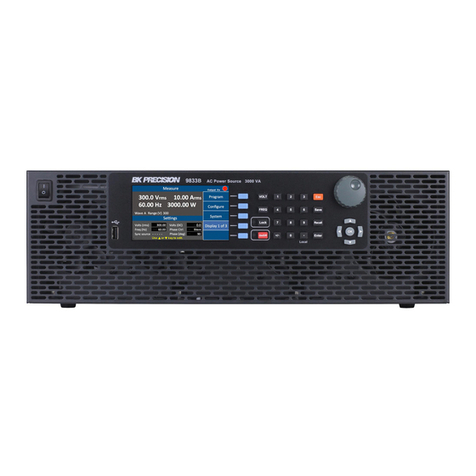
B+K precision
B+K precision 9830B Series user manual
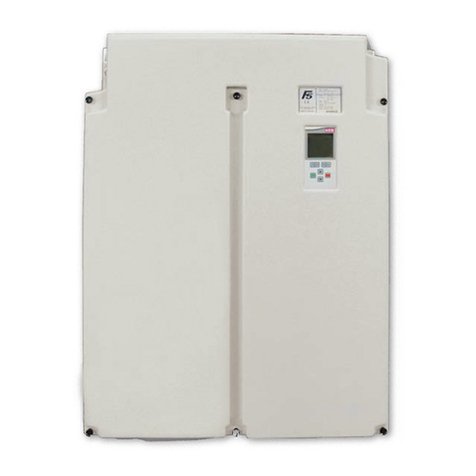
KEBCO
KEBCO COMBIVERT F5 instruction manual

Avtech
Avtech AVB1-3 Instructions for use
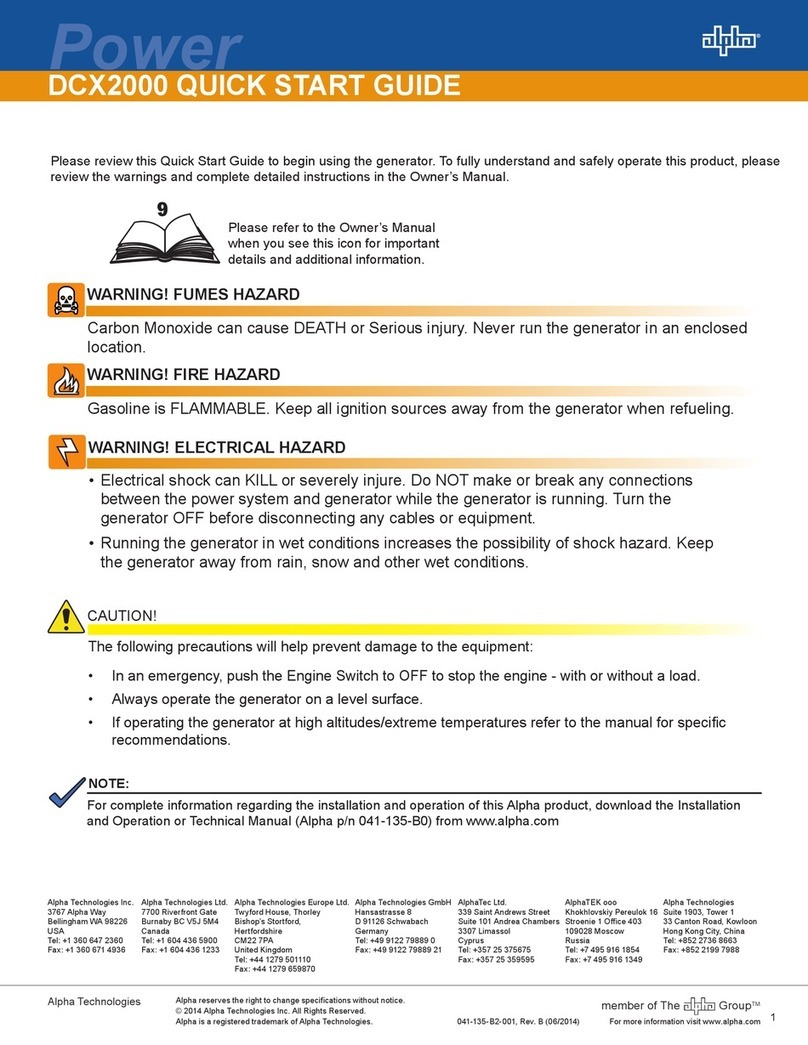
Alpha Technologies
Alpha Technologies AlphaGen DCX2000 quick start guide
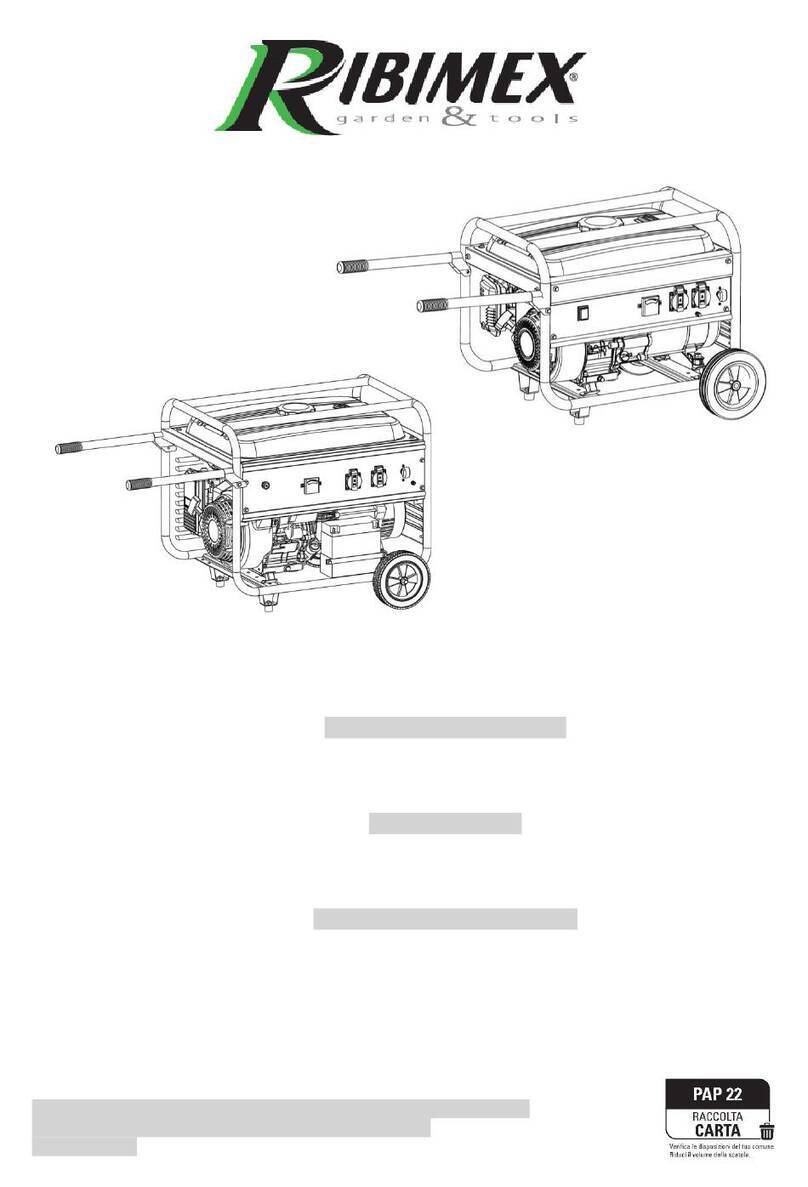
Ribimex
Ribimex PRGE3150 User and maintenance manual
